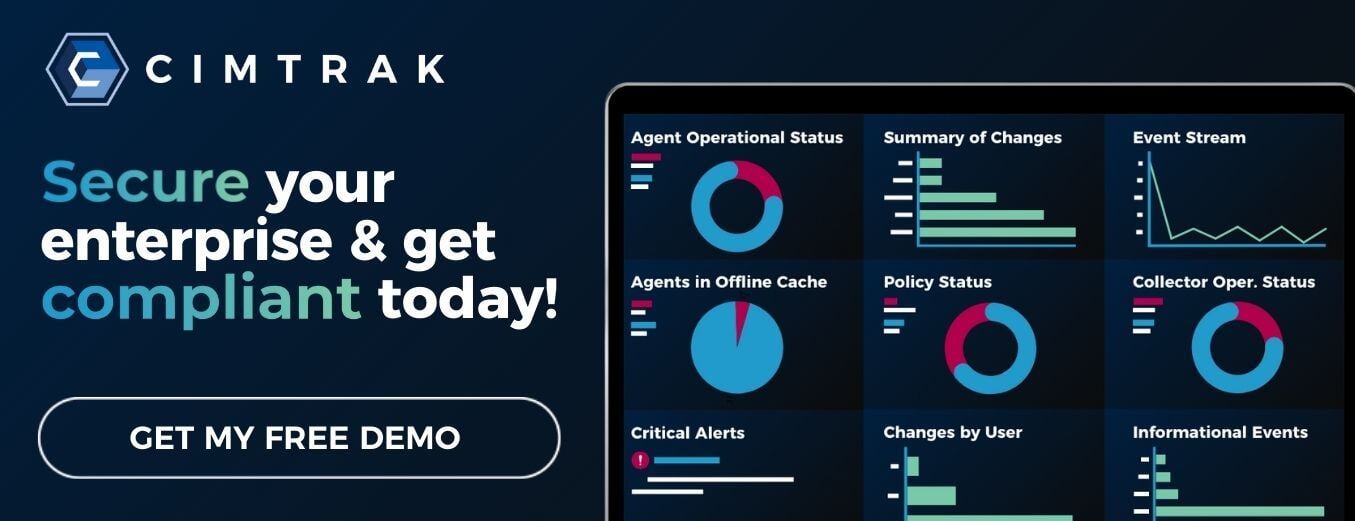Staying ahead of threats is paramount in cybersecurity. With increasingly sophisticated and frequent cyberattacks, organizations need robust frameworks to safeguard their digital assets effectively. The National Institute of Standards and Technology (NIST) provides one crucial guideline in Special Publication 800-172.
What is NIST SP 800-172?
NIST SP 800-172, also known as "Enhanced Security Requirements for Protecting Controlled Unclassified Information in Nonfederal Systems and Organizations," builds upon previous NIST guidelines like SP 800-171. It specifically targets organizations that handle Controlled Unclassified Information (CUI) on behalf of the federal government. CUI includes sensitive but unclassified information that, if compromised, could adversely affect national security.
Key components of NIST SP 800-172
-
Security Requirements: The publication outlines enhanced security requirements beyond those in NIST SP 800-171. It covers various aspects of cybersecurity, including access control, incident response, system integrity, and more.
-
Protection Measures: SP 800-172 emphasizes the implementation of specific security measures tailored to protect CUI. This includes encryption, advanced authentication mechanisms, monitoring, and continuous assessment of security controls.
-
Risk Management: Risk management is a core aspect of SP800-172. Organizations are encouraged to conduct thorough risk assessments to effectively identify, detect, respond, and recover from potential threats to CUI.
-
Implementation Guidance: Detailed implementation guidance assists organizations in understanding how to apply the security controls effectively within their environments. This ensures that the measures are not just theoretical but practical and feasible.
Why is NIST SP 800-172 Important?
Implementing NIST SP 800-172 offers several benefits to organizations:
-
Compliance: The framework helps organizations meet regulatory requirements for handling CUI, enhancing their eligibility for federal contracts.
-
Enhanced Security Posture: By adopting the guidelines, organizations bolster their cybersecurity defenses against evolving threats.
-
Trust and Reputation: Demonstrating compliance with stringent cybersecurity standards enhances trust with clients and partners and safeguards the organization's reputation.
What's Included in NIST SP 800-172
NIST SP 800-172 builds on NIST 800-171 r3 by recommending enhanced security requirements for 10 of the 17 control families, amounting to 35 specific controls. These enhanced controls are identified in the following control families.
-
Access Control (AC)
-
Awareness & Training (AT)
-
Configuration Management (CM)
-
Identification & Authentication (IA)
-
Incident Response (IR)
-
Personnel Security (PS)
-
Risk Assessment (RA)
-
Security Assessment (SA)
-
System & Communication Protection (SC)
-
System & Information Integrity (SI)
Integrity Assurance: The Key Guideline to NIST SP 800-172
Among the various aspects of cybersecurity, integrity assurance stands out as a critical component in NIST SP 800-172 for several reasons:
-
Maintaining Trustworthiness of Data
Data integrity ensures that information remains accurate, complete, and unaltered during storage, transmission, and processing. In the context of CUI, any compromise in data integrity can lead to significant consequences, including misinformation, loss of trust, and potential harm to national security.
-
Protecting Against Malicious Manipulation
Advanced threats often aim to manipulate data to achieve their objectives. This could involve altering financial records, modifying configuration settings, or corrupting essential files. Integrity assurance mechanisms, such as cryptographic hash functions and digital signatures, help detect unauthorized changes and prevent malicious activities.
-
Ensuring System Reliability
The integrity of system components is crucial for maintaining reliable and predictable operations. Integrity assurance techniques, like integrity verification and code signing, ensure that only trusted software and firmware are executed, reducing the risk of malicious code execution and system failures.
-
Enabling Effective Incident Response
In the event of a cybersecurity incident, the ability to trust the integrity of logs, records, and forensic data is paramount. Integrity assurance ensures these records are reliable, enabling accurate analysis and effective incident response.
-
Compliance and Legal Obligations
For many organizations, maintaining data integrity is not just a best effort or practice but a legal obligation. Regulations and standards, such as the General Data Protection Regulation (GDPR) and the Health Insurance Portability and Accountability Act (HIPAA), mandate strict controls over the integrity of sensitive data. Compliance with NIST SP 800-172 helps organizations meet these requirements.
How CimTrak Can Help with NIST SP 800-172
As cyber threats and the overall threat landscape continues to evolve, the need for enhanced security measures becomes more pressing. NIST SP 800-172 provides a comprehensive framework to safeguard CUI from sophisticated adversaries. Within this framework, integrity assurance plays a pivotal role in maintaining the trustworthiness of data, protecting against malicious manipulation, ensuring system reliability, enabling effective incident response, and meeting compliance obligations. By implementing CimTrak, over 50% of the enhanced security requirements outlined in NIST SP 800-172 are addressed to bolster your cybersecurity posture and protect your most critical assets from advanced threats.
Conclusion
NIST SP represents a significant step forward in cybersecurity best practices, particularly for organizations handling CUI. By implementing its rigorous security controls and guidelines, organizations enhance their resilience against cyber threats and ensure compliance with federal regulations. As the complexity of cyber threats continues to grow, adherence to such frameworks becomes increasingly crucial in safeguarding sensitive information and maintaining trust in the digital age. NIST SP 800-172 helps guide organizations toward a more secure and resilient future in cyberspace.
Tags:

July 11, 2024




